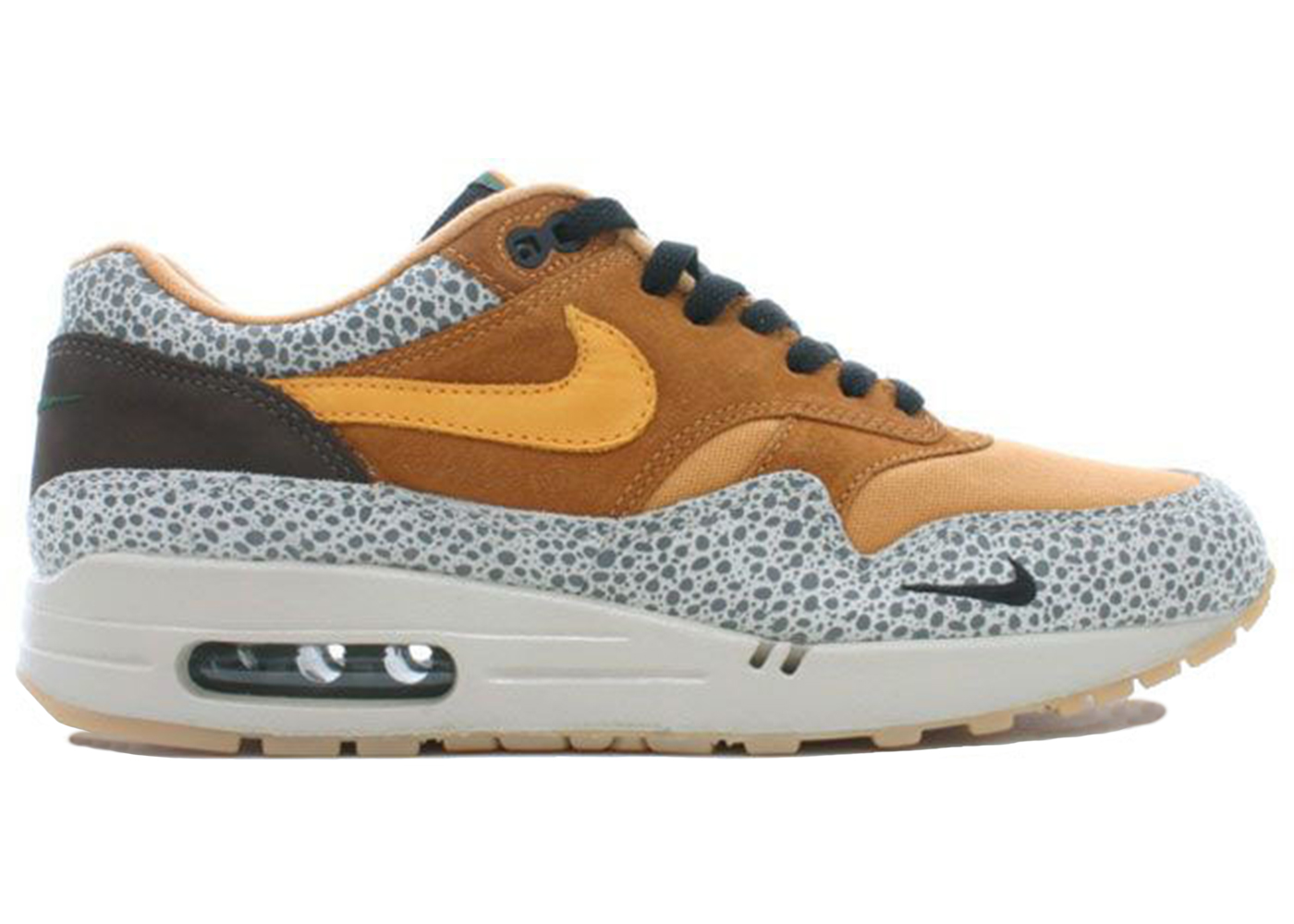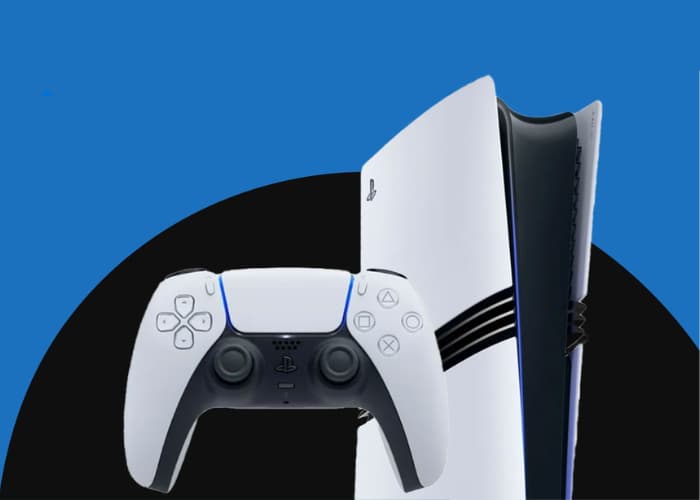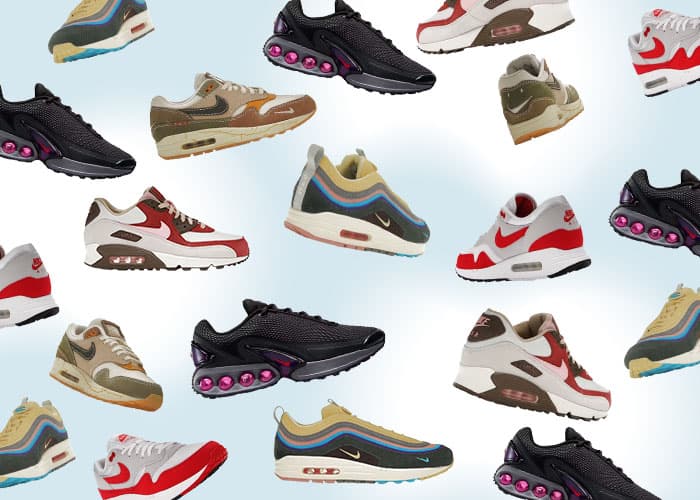1. Nike Had Tried To Bring Air Max to Life Before 1987.
In 1978, Nike launched the Air Tailwind, the first shoe in history to be equipped with Franklin Rudy’s now-iconic Air technology. However, the Air unit on the Tailwind was hidden from sight, so Nike’s design and development quickly set about creating “visible air” in order to showcase the technology. In 1980, Nike tried to create the first Air Max by developing a hybrid of the Nike Mariah’s upper (used on the track by Alberto Salazar) and a visible sole made entirely of polyurethane. The experiment failed because of the fragility of the sole, but the idea was inherited by Tinker Hatfield. Few people at the time believed in the Air Max concept and Hatfield himself admitted that he found notes attached to his office door discouraged him from continuing work on the Air Max. If it hadn’t been for the determination of the designer and his team, we probably wouldn’t be talking about Nike today.

Franklin Rudy e la tecnologia Air
2. The First Prototype Was Called Air Max 1 Big Bubble.
Almost everyone recognizes 1987 as the official birth year of the Air Max 1. But perhaps not everyone knows about the first sample made in 1986. In 1981, Nike hired the young Tinker Hatfield as an architect to design buildings on the Oregon campus. The transition from architect to running shoe designer was fast. In 1985, Tinker set about designing the first shoe to feature a visible Air unit.

A 1987 advert featuring the Air Max 1 Big Bubble
The project was led by Mark Parker, who at the time was a footwear developer at Nike. After some “unsuccessful” experiments, in 1986 we got close to the final product we know today. Among the many samples produced, there was the Air Max 1 Big Bubble. Unfortunately, the oversized Air unit did not get past the prototype phase. At the time, Nike didn’t have EVA soles, so it was forced to build them in several parts and then assemble them later. To solve this problem, Nike’s design team was forced to resize the bubble and produce the sole in one piece. So, in 1987, after finding the right compromise between the size of the midsole and the Air unit, the Air Max 1 as we know it today, was launched.
3. The First Air Max 1 Commercial Cost $7M To Make
The very first Air Max 1 commercial aired at 8:10 pm on Tuesday, March 26, 1987. Nike knew they needed something big to launch the Air Max, so their ad agency W&K created a commercial that featured some of the most iconic athletes of the moment, including Michael Jordan, Joan Benoit and Joan McEnroe. The music choice was the Beatles’ song, “Revolution”. No one had ever licensed a Beatles song performed by the Fab Four in an ad to that point. And no one has since.
The Beatles, in fact, did not own the rights to publish the song, as they had sold them to another company. Apple Records filed suit against EMI Records, Capitol Records, Nike and W&K, claiming damages for the use of the song. After several rounds of meetings with, Capitol, EMI and the manager of Yoko Ono (wife of the late John Lennon), Nike secured the rights to the song “Revolution” by the Beatles. Below find the commercial that cost Nike nearly $7 million to make.
4. The First Collaboration Took 15 Years

Nike Air Max 1 Atmos Safari (2002)
In the years following the 1987 launch, the Air Max 1 was released in many colourways, some of which, even today, are a real object of desire for collectors. But we had to wait until 2002 for the first official Air Max collaboration when atmos released the Air Max 1 Safari. The shoes paid homage to the iconic Air Safari also designed by Hatfield, and presented some aesthetic innovations such as colours, twill toebox, leather and suede details, but especially the return of the infamous mini swoosh from the “OG mesh” version in 1999.
5. The Story of the Nike AM1 Albert Heijn

In 2005, Nike commissioned Dutch artist Piet Parra to create two different Air Max 1’s to celebrate the city of Amsterdam. While the Air Max 1 Amsterdam have gone on to enter the Air Max Hall of Fame, a second release paid homage to the famous Dutch supermarket chain, Albert Heijn. The shoes were never released to the public. Shortly before launch, the supermarket changed the design and colour of their shopping bags and Nike cancelled the drop. All of the pairs were destroyed, except for 24, that were given to the Friends & Family of Parra.























